It's simple: Choose the book, read your book, take the test, and then apply it in the classroom! The book titles below are a part of our online book training. The books can be read at your own pace and convenience. After reading the book(s) of your choice and completing the test scoring an 80% or higher, you will receive child care training clock hours. The number of hours depends on the length and content of the book. Tests can be taken multiple times if needed; however, there is a fee charged for each test. The current fee is $10 per credit hour (see individual book details for number of credit hours per book).
Eat That Frog

Eating a frog is a metaphor for tackling your most challenging task. But also the one that can have the greatest positive impact on your life. Eat That Frog shows you how to organize each day so you can zero in on these critical tasks and accomplish them efficiently and effectively.
Credit Hours Earned: 3 hours ($30)
Core Content: 3 – Professional Development/Professionalism
CDA Subject Area: 6 – Maintaining a commitment to professionalism
Who Moved My Cheese?

Who Moved My Cheese? is a simple parable describing common changes that may occur in your life and workplace. It is a quick read that provides ideas on how to manage these changes so you can enjoy less stress and more success.
Credit Hours Earned: 2 hours ($20)
Core Content: 3 - Professional Development/Professionalism
CDA Subject Area: 6 - Maintaining a Commitment to Professionalism
Big Body Play

Big Body Play describes the benefits of allowing children to explore their environment through rough and tumble play, while managing the risks that may come with such activities.
Credit Hours Earned: 3 hours ($30)
Core Content: 4 - Learning Environment and Curriculum
CDA Subject Area: 2 - Steps to Advance Children’s Physical and Intellectual Development
Beyond Behavior Management

All children-not just those with challenging behaviors- require guidance as they develop the social and emotional skills they will use the rest of their lives. This resource provides everything you need to help children build and use six essential life skills: attachment, belonging, self regulation, collaboration, contribution, and adaptability. This strength based approach includes strategies, examples of supportive interactions, and special activities to help you manage challenging behaviors.
Credit Hours Earned: 6 hours ($60)
Core Content: 4 – Learning Environment and Curriculum
CDA Subject Area: 3 – Positive ways to support children’s social and emotional development
Simple Signing With Young Children

The perfect book to introduce sign language to hearing children!
Written for teachers of hearing children from birth to age six, Simple Signing is the perfect introduction to teaching young children through sign. There are chapters for infants, toddlers, and preschool children, with age-appropriate signs. The chapter written for teachers of infants focuses on using beginning signs as a bridge to communicating with words, while the toddler chapter focuses on signing to promote expression, enrich vocabulary, and teach social skills. The preschool chapter places an emphasis on using signs to enhance emergent literacy skills.
Each sign is illustrated with a caption and one or more photos of a young child or adult demonstrating the sign, making them easy to understand and execute. Instructions for putting signs together into simple sentences are also included. In addition to the conventional index, there is also a pictorial index of signs to help you find what you need quickly and easily. Simple Signing shows teachers just how easy and valuable it can be to incorporate sign language into daily activities.
Credit Hours Earned: 3 hours ($30)
Core Content: 4. Learning Environments and Curriculum
CDA Subject Area: 2. Advancing children’s physical and intellectual development
A Mind At A Time

This book shows parents and those who care for children how to identify individual learning patterns, explaining how they can strengthen a child’s abilities and either bypass or help overcome the child’s weaknesses, producing positive results instead of repeated frustration and failure.
Consistent progress can result when we understand that not every child can do equally well in every type of learning and begin to pay more attention to individual learning patterns — and individual minds — so that we can maximize children’s success and gratification in life.
Credit Hours Earned: 3 hours ($30)
Core Content: 1- Child Growth and Development
CDA Subject Area: 3 – Supporting children’s social and emotional development
Addressing Anxiety in Young Children (4 hours)
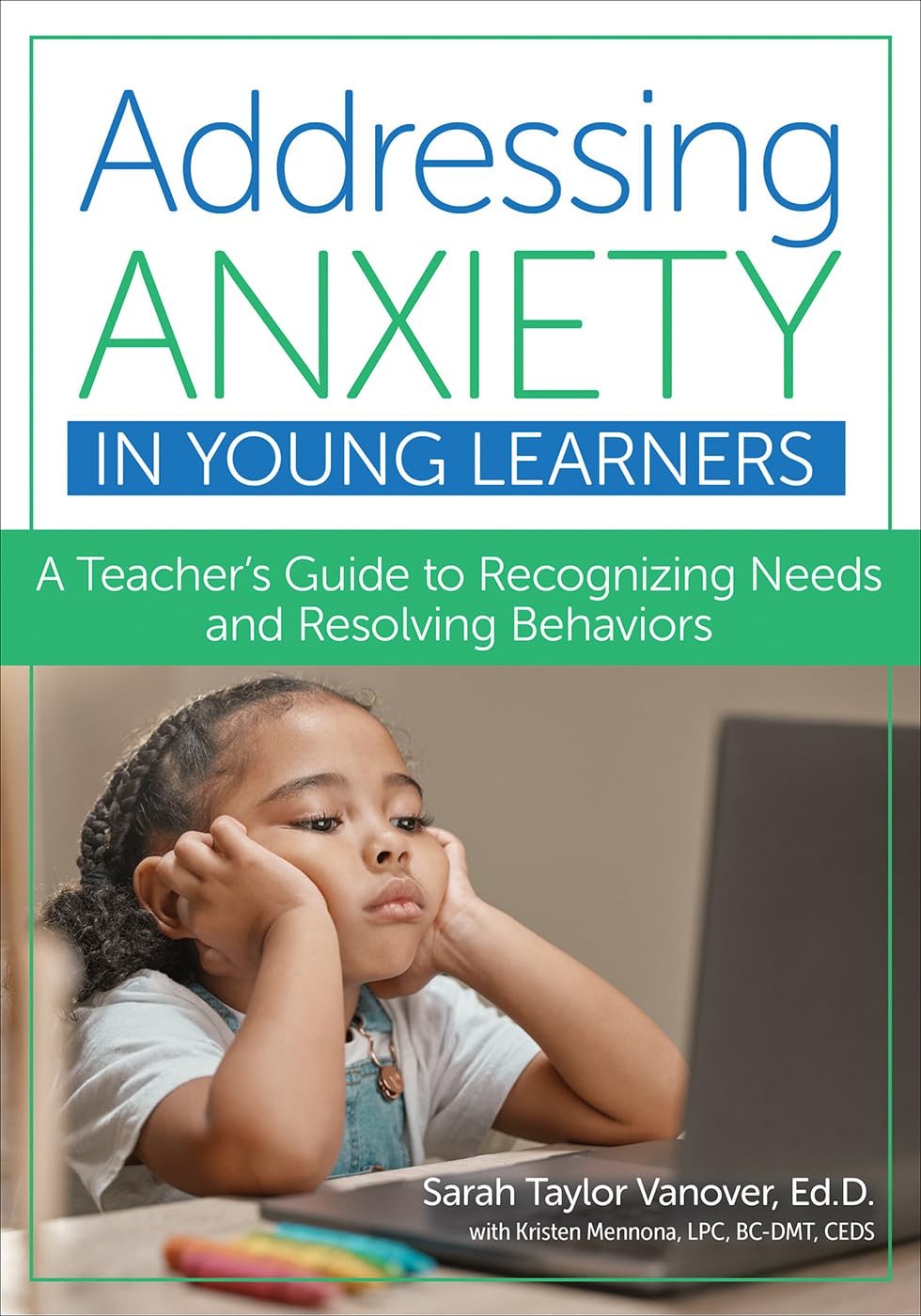
Anxiety rates are skyrocketing among young learners—and their teachers need explicit training on how to understand and support these students. A concise, reader‐friendly guide written especially for teachers, this urgently needed book will prepare early educators to recognize anxiety issues in children ages 3–8, identify the associated behaviors, and work effectively with students who have anxiety symptoms.
Teachers will start with a well‐organized primer on the different types of anxiety in children, featuring symptoms, causes, triggers, treatment options, and case stories. Then they'll get expert guidance on addressing anxiety and challenging behaviors in the classroom, with dedicated chapters on key topics like assessment, intervention, and the parents' experience.
Ideal for both preservice and in‐service professional development, this introductory guide gives teachers the accessible information they need to understand learners with anxiety and support their success inside and outside the classroom.
TEACHERS WILL:
· Explore seven types of childhood anxiety: generalized anxiety disorder, separation anxiety disorder, social anxiety, selective mutism, OCD, phobias, and anxiety rooted in childhood trauma
· Review the assessment and evaluation process, and understand the role a teacher should play
· Recognize co‐morbidities with anxiety—including ADHD, autism, and depression—and how they may affect a child's symptoms and treatment plan
· Understand the issues and emotions parents face, so that teachers can offer them sensitive support
· Use effective classroom interventions to meet the needs of children with anxiety and create a nurturing learning environment
· Learn which strategies to avoid, from unrealistic expectations to excessive reassurance
Credit hours earned: 4 hours ($40)
Ramps and Pathways: A Constructivist Approach to Physics with Young Children (3 hours)
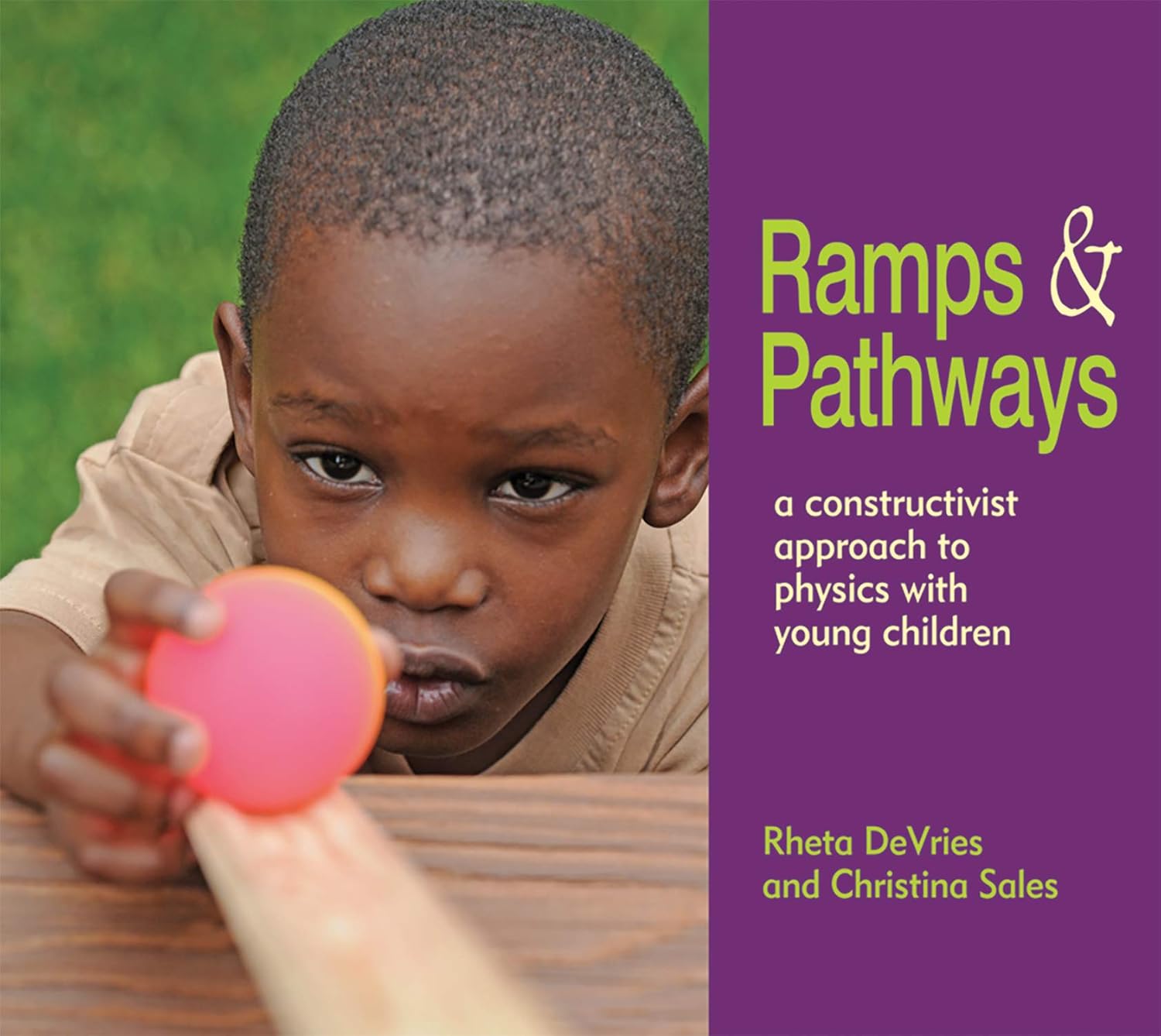
If you think the words young children and physics don’t belong together, think again.
Based on the theories of Piaget and the work of DeVries and Sales, this book successfully makes the case for building a constructivist approach to physical science learning in the early childhood classroom. Ramps and Pathways:
- Reviews how children “construct” content knowledge and the mental ability to organize knowledge (intelligence)
- Explains why ramps activities engage children deeply in reasoning about physical objects and phenomena such as force and motion, across a range of ages and developmental levels, even over several years
- Provides a rationale you can use to explain and defend the educational value of children’s play and exploration
- Shows you how to apply the 10 principles of constructivist teaching in your classroom
- Includes dozens of full-color photographs of children’s amazing structures
Credit hours: 3 clock hours
Cost: $30
Including All Children (4 hours)
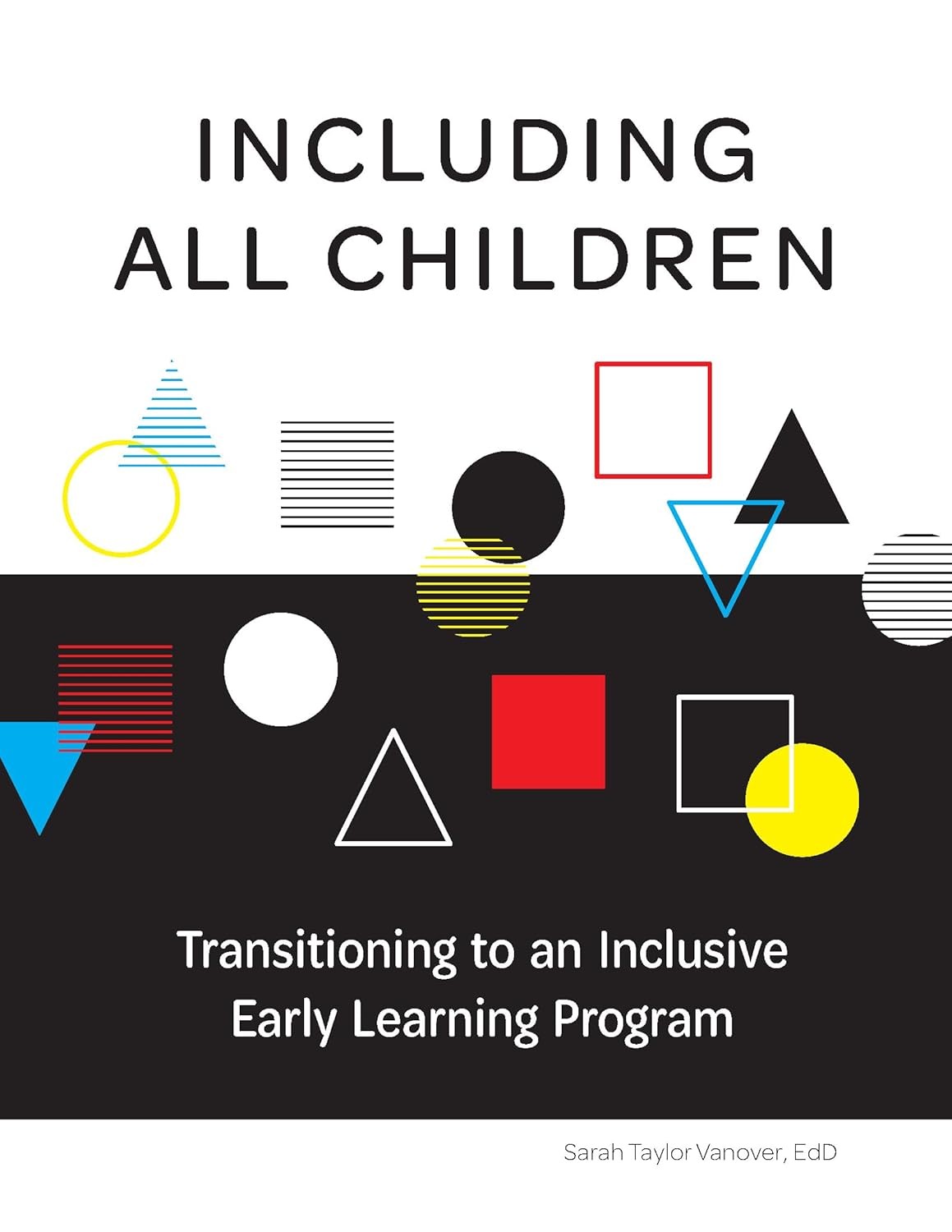
Including All Children: Transitioning to an Inclusive Early Learning Program Kindle Edition
by Sarah Taylor Vanover (Author)
Creating an inclusive early learning program can be a challenge for site leaders who lack knowledge about special-education laws, struggle to create policies and accommodations that meet the needs of all children, and find it difficult to support staff and collaborate with families and the community.
With its step-by-step approach, real-life examples, and expert perspectives, Including All Children: Transitioning to an Inclusive Early Learning Program provides everything site leaders need to make their programs truly inclusive. You’ll learn how to draft a powerful vision and mission statement, navigate the legal landscape of special education, and create policies and accommodations that meet the needs of children with disabilities and their families.
- Gain a deeper understanding of special education laws.
- Learn how to create policies and accommodations that meet the needs of all children.
- Discover how to support staff and collaborate with families and the community.
- Create a truly inclusive environment that benefits every child.
With personal perspectives from experts in the field, Including All Children offers a unique and insightful perspective on how to create a truly inclusive environment. Whether you’re a site leader, an educator, or a parent, this book is the ultimate resource for anyone who wants to make a real difference in the lives of children.
Clock hours: 4 clock hours
Cost: $40
Teaching Redemptively (6 hours)
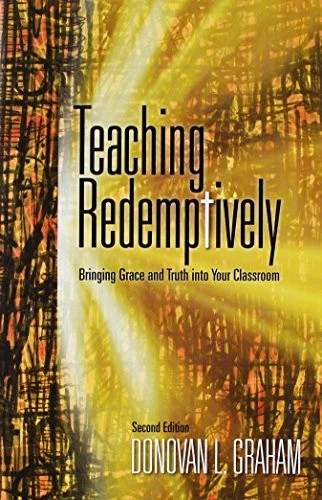
You have a divine calling to reveal who Jesus is and what His Kingdom is like to the students God has entrusted to you with grace and truth. No matter where or what you are teaching, you have an incredible opportunity to participate in God's larger story and make His Kingdom visible. In the third edition of Teaching Redemptively, Donovan reviews perspectives to guide teachers in best practices and illustrates ways to teach for Kingdom transformation. Beyond techniques, he encourages you to deepen your personal intimacy with God so that you can thrive in spiritual health and well-being.
Teaching Redemptively – Learning Objectives for Preschool Teachers
1. Recognize the Image of God in Every Child
- Understand that every preschooler is created in God's image—capable of love, learning, and relationship.
- Affirm each child’s inherent value, regardless of behavior, development, or ability.
2. Create a Grace-Filled, Nurturing Classroom
- Develop a classroom environment where children feel safe, loved, and accepted.
- Use gentle, restorative discipline that reflects God's grace and teaches rather than punishes.
- Respond to misbehavior with redemptive practices that restore relationships and teach self-control.
3. Integrate Biblical Truths Into Everyday Moments
- Use age-appropriate ways to teach biblical principles during routines, play, stories, and songs.
- Recognize and use teachable moments to point children to God’s love, forgiveness, and truth.
4. Support Whole-Child Development as Part of God’s Design
- Encourage growth in all domains—spiritual, emotional, social, physical, and cognitive—as part of nurturing God's image in each child.
- View everyday skills (sharing, waiting, cleaning up, listening) as spiritual formation opportunities.
5. Model Christlike Love and Joy
- Reflect God’s character through warmth, patience, and kindness in all interactions.
- Consistently demonstrate love and joy so that children experience what God’s grace looks like in action.
6. Partner with Families in a Redemptive Way
- Communicate with parents in ways that extend grace and truth.
- Support families spiritually and emotionally, recognizing them as vital partners in their child’s spiritual development.
7. Engage in Spirit-Led Teaching
- Rely daily on God for wisdom, patience, and compassion in working with young children.
- Reflect regularly on your own walk with Jesus, recognizing that redemptive teaching flows from a redemptive life.
Practical Emphasis
Preschool teachers who read Teaching Redemptively are encouraged to:
- See beyond behavior to the heart of each child.
- Offer correction in love, not shame.
- Embed truth through repetition, routines, and relationship.
- Love each child as God does—wholly and redemptively.
Building Emergent Curriculum (6 hours)
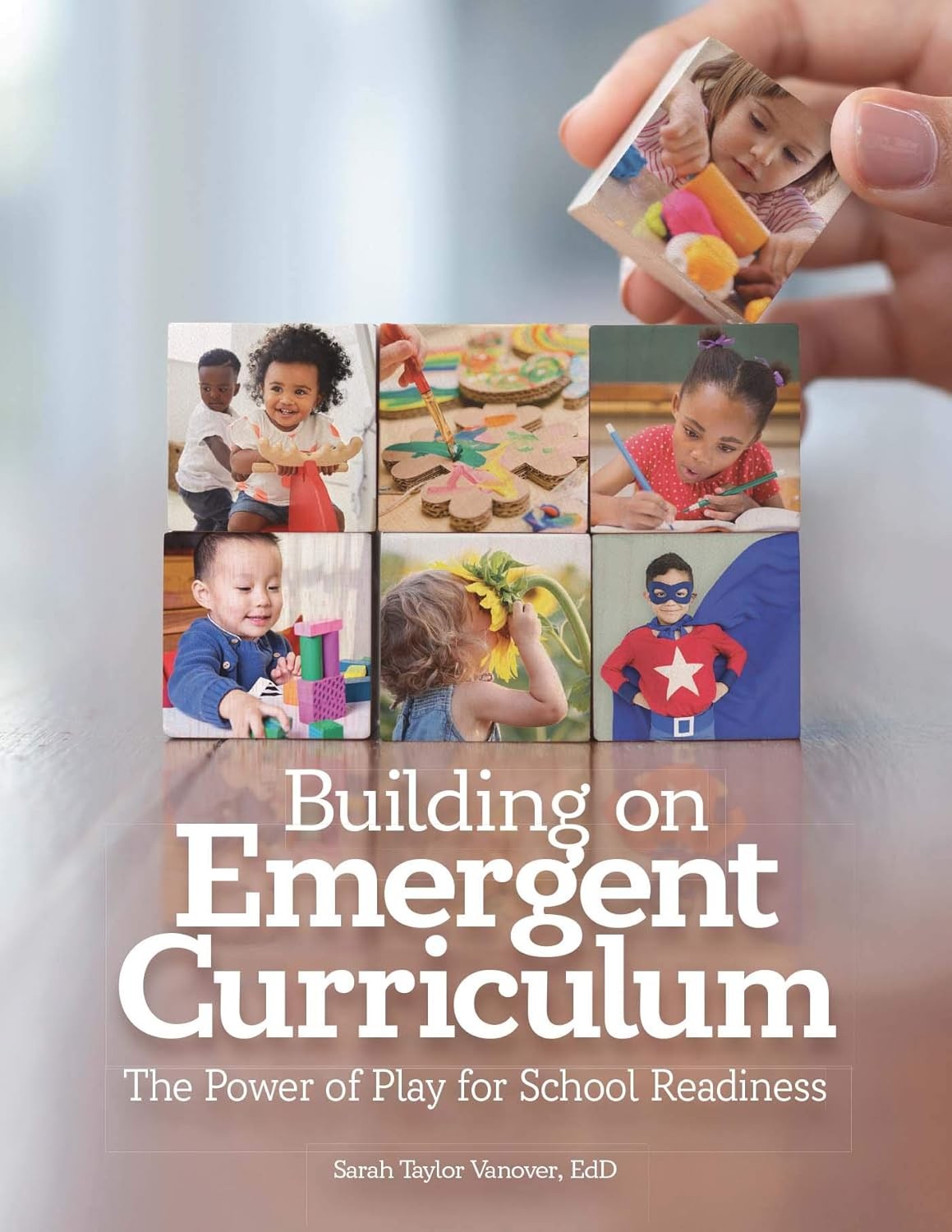
Children are expected to read, write, count, and sit still at younger and younger ages. As these unrealistic expectations mount, family members and teachers alike continue to believe that these activities will prepare young children for school. But there is a better way—one that helps children build school readiness through developmentally appropriate activities. Best of all? The children can have fun!
Building on Emergent Curriculum guides preschool teachers to tap into young children’s natural inclination for play to build their skills, promote their development, and, ultimately, prepare them for elementary school. Learn:
- why traditional theme-based units don’t work,
- what school readiness really looks like,
- how to recognize and capitalize on the many teachable moments that arise during play, and
- ways to train teachers and involve families in emergent curriculum.
Play and learning aren’t mutually exclusive. Building on Emergent Curriculum will help readers give preschoolers a solid foundation for elementary school while they do what children do best: play!



